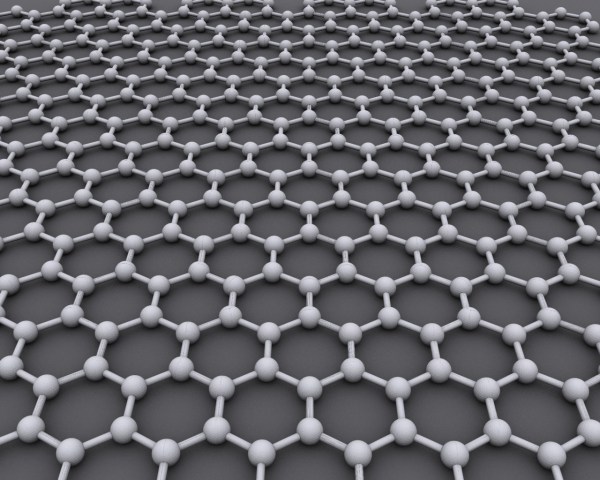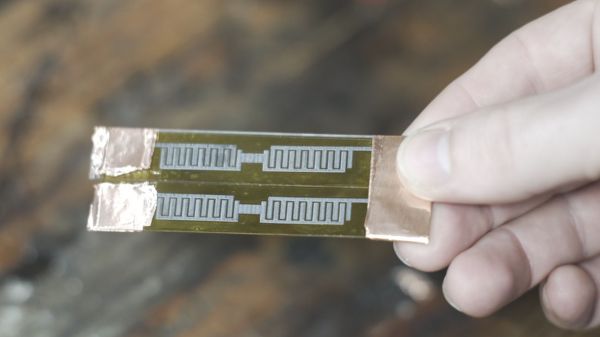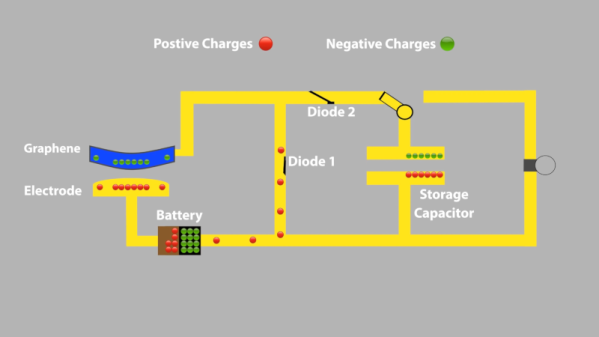On Star Trek, if you want to go from one deck to another, you enter a “turbolift” and tell it where you want to go. However, many people have speculated that one day you’ll ride an elevator to orbit instead of using a relatively crude rocket. The idea is simple. If you had a tether anchored on the Earth with the other end connected to a satellite, you could simply move up and down the tether. Sound simple, so what’s the problem? The tether has to withstand enormous forces, and we don’t know how to make anything practical that could survive it. However, a team at the International Space Elevator Consortium could have the answer: graphene ribbons.
The concept is not new, but the hope of any practical material able to hold up to the strain has been scant. [Arthur C. Clarke] summed it up in 1979:
How close are we to achieving this with known materials? Not very. The best steel wire could manage only a miserable 31 mi (50 km) or so of vertical suspension before it snapped under its own weight. The trouble with metals is that, though they are strong, they are also heavy; we want something that is both strong and light. This suggests that we should look at modern synthetic and composite materials. Kevlar… for example, could sustain a vertical length of 124 mi (200 km) before snapping – impressive, but still totally inadequate compared with the 3,100 (5,000 km) needed.
Continue reading “Next Floor: Geosynchronous Satellites, Orbiting Laboratories”

















